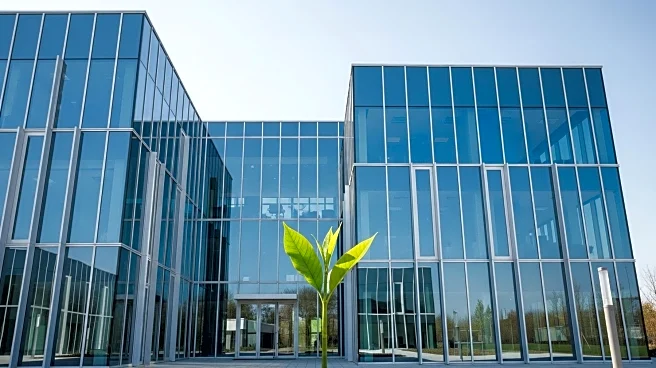What is the story about?
What's Happening?
In the current lending environment, obtaining a $10,000 personal loan requires strategic planning and understanding of lender expectations. The process has evolved significantly due to digital advancements, allowing borrowers to complete applications swiftly, often from their smartphones. Key steps include improving one's credit score, comparing loan options, and gathering necessary documentation. Online lenders may offer competitive rates due to lower overhead costs, while traditional banks and credit unions might provide perks to existing customers. The average personal loan rate is currently above 12%, which is lower than credit card rates but still requires careful consideration to secure favorable terms.
Why It's Important?
Securing a personal loan of this size is crucial for individuals needing quick access to funds for various purposes, such as debt consolidation or emergency expenses. The ability to obtain a loan with favorable terms can significantly impact one's financial health, especially in an economic climate where lenders are pricing risk aggressively. A strong credit profile can lead to lower interest rates, reducing the overall cost of borrowing. Additionally, the choice between online lenders and traditional financial institutions can affect the speed and cost of obtaining a loan, making it essential for borrowers to understand their options and prepare accordingly.
What's Next?
Borrowers should focus on improving their credit scores and organizing their financial documentation to enhance their chances of approval. Exploring multiple lenders and prequalifying for loans can provide insights into potential rates and terms without affecting credit scores. As the Federal Reserve adjusts interest rates, borrowers may find opportunities to secure loans at lower APRs. Those in non-traditional employment sectors should be prepared to provide additional income verification to demonstrate financial stability. Acting decisively in this shifting economic landscape could lead to cost savings and better loan terms.
Beyond the Headlines
The evolution of the lending process, driven by digital technology, reflects broader shifts in the financial industry towards more accessible and efficient services. This transformation not only benefits borrowers but also challenges traditional institutions to adapt to new consumer expectations. The increased scrutiny on credit utilization and income verification highlights the importance of financial literacy and proactive credit management. As the gig economy grows, lenders' ability to assess non-traditional income sources will become increasingly relevant, potentially reshaping lending criteria and opportunities for a diverse workforce.
AI Generated Content
Do you find this article useful?













